Abrams ComicArts published the graphic novel adaptation of Francis Ford Coppola‘s film Megalopolis earlier this fall. Appropriately titled, Megalopolis: An Original Graphic Novel was adapted by Bram Stoker Award-winning writer and editor Chris Ryall (Shadow Show: Stories in Celebration of Ray Bradbury, Zombies vs. Robots) and Eisner Award-winning artist Jacob Phillips (That Texas Blood, Newburn).
The Beat caught up with Ryall and Phillips via email to discuss the October 2025 release of Megalopolis: An Original Graphic Novel, how the film’s story was adapted for the graphic novel format, what fans can expect from the book, and more.
This interview was lightly edited for clarity and length.
OLLIE KAPLAN: Chris, can you tell me more about Francis Ford Coppola’s relationship to comics? (I remember discussing his love of the medium with you at WonderCon a few years ago.)
CHRIS RYALL: It’s funny, all of us who live and breathe comics always want to be assured that celebrities from other fields have some actual love of the medium. I know I always raise an eyebrow when an actor says something like “my favorite comics are Watchmen and Dark Knight Returns!” Sure, maybe… but have you read anything from the last four decades, or can you cite any comic that isn’t a well-known talking point?
So, it was when Francis mentioned that he grew up reading and loving Jack Cole‘s Plastic Man, The Phantom, and the Heap that I knew this was someone who developed a real love for comics early on. No one mentions the Heap who hasn’t read the Heap! So while he’s spent the last half-century making movies and creating works in other areas, it was that early love of the language of comics he developed that still stuck with him.
 Megalopolis Page 4. Photo Credit: AbramsComicArts
Megalopolis Page 4. Photo Credit: AbramsComicArtsKAPLAN: Chris, if I remember correctly, you also have a pretty cool story of going to Coppola’s estate when you started working on Megalopolis together. Can you tell me more about your experience meeting and working with Coppola for this project?
RYALL: The only times we met were on the set in Georgia, and then in his post-production house and other facilities nearby. So I was lucky enough to get to experience bits of the film itself, sit nearby as he directed scenes, and then watch the various pieces get assembled into the finished whole, which was a real thrill, and hearing his deeper thoughts about the world and the way we interact with our environment, and the ways we could improve these things, that helped inform the way I approached the graphic novel.
I did get to visit and tour his Inglenook winery, but that was more for a pleasurable and much-appreciated (and needed) getaway than it was anything directly related to the book.
KAPLAN: Chris and Jacob, Coppola has said that the graphic novel adaptation of his film doesn’t need to be limited by the film itself. What is the relationship between the graphic novel and the film?
RYALL: It certainly shares the same DNA, but as you say, Coppola did encourage us to make the book its own thing, and so we have additional scenes, revised scenes, new dialogue, different transitions, and other elements that use the comics form and all it offers in an attempt to tell a different version of the same story, and to present everything in perhaps a bit more of a linear fashion, which also suited still images rather than moving pictures.
JACOB PHILLIPS: Because I hadn’t seen anything of the film apart from a few concept pieces, we were left to interpret the scenes ourselves and weren’t beholden to what was in the movie. It was interesting watching the film after we had finished the book and seeing where the overlaps were but also where things diverged.
 Megalopolis Page 4. Photo Credit: AbramsComicArts
Megalopolis Page 4. Photo Credit: AbramsComicArtsKAPLAN: Chris and Jacob, what was your collaborative process like?
RYALL: Poor Jacob had to bring to life this entire world without having the benefit of seeing any of the film shoot or the footage, so I may have gone overboard in describing certain scenes in my attempts to give him anything he would need to know how to visualize moments that indeed weren’t even fully fleshed out in the movie yet. And I’d adjust as we went along, as I saw more and certain elements and details became clearer for me. And then I got the easy part, sitting back and watching Jacob work his magic with both the lineart and the colors.
PHILLIPS: It was great having Chris on hand as I worked through the script, asking for clarity on just what it is that’s going on here. I think because the original Coppola script was written by him for himself, he left a lot off the page where Chris and I had to fill in the blanks. Chris being able to see rough cuts or ask Coppola questions was invaluable.
KAPLAN: Chris and Jacob, how do you see Megalopolis reflected in modern society?
BOTH: It’s both an old story and a very modern story—the role of the artist/dreamer in a society steeped in doing all it can to preserve existing power structures and prevent structural changes, no matter how badly they’re needed. The movie’s presented as a fable, but it also does ultimately strive to hold onto a sense of optimism about where we’re headed in the future, no matter how troubled our present might be. This is very much the way Coppola sees the world and also what he wants from it.
 Megalopolis Page 8. Photo Credit: AbramsComicArts
Megalopolis Page 8. Photo Credit: AbramsComicArtsKAPLAN: Jacob, how did you approach the art style and design for the graphic novel? How influenced were you by the film, or were there other particular influences that helped shape the tone of the book?
PHILLIPS: I tried to stay relatively true to the concept art I was shown from the film, but bring it into my own style. I’m not really known for my sci-fi elements or building design, so that was certainly a challenge for me. I was looking at things like the Akira movie backgrounds and Syd Mead and failing miserably to get anywhere near those heights. But I think I found a way of bringing the world into my style.
KAPLAN: Jacob, did you experiment with any new tools or techniques on this project?
PHILLIPS: I did! I had been using a black and white wash technique for the covers of my book, Newburn, and I thought this would be a good project to bring in a similar technique onto the interiors. Because it was a finite graphic novel rather than an ongoing series, it meant that if I didn’t enjoy using the watercolor, I wasn’t stuck with it for years and years. I think the grainy watercolor paint I chose brought a nice texture and extra dimension to the visuals that I’m really happy with. In terms of colors—again, as it’s a contained story—I decided to use a pretty limited color palette of these warm golds paired with cooler blues. I was aiming to give the book this rich, lustrous look.
KAPLAN: Chris and Jacob, what can fans expect from the book?
RYALL: I’m hope for people who saw the movie, they enjoy the way we recontextualized and told the story in this form; and for those who haven’t, I hope they not only enjoy the book but are also encouraged to seek out the movie itself, too. And for everyone, they’re going to get 140 beautiful pages of Jacob Phillips art and colors.
KAPLAN: Chris and Jacob, is there anything else that you would like to add?
RYALL: Just that I appreciate that Megalopolis is still a part of the pop-culture conversation in different ways, and that I think this book adds some positive and interesting elements to that conversation. (And also that I definitely appreciate anyone’s patronage in picking up the book, too! That more than anything else.)
 Megalopolis Page 9-10. Photo Credit: AbramsComicArts
Megalopolis Page 9-10. Photo Credit: AbramsComicArtsFrancis Ford Coppola’s Megalopolis is available now!






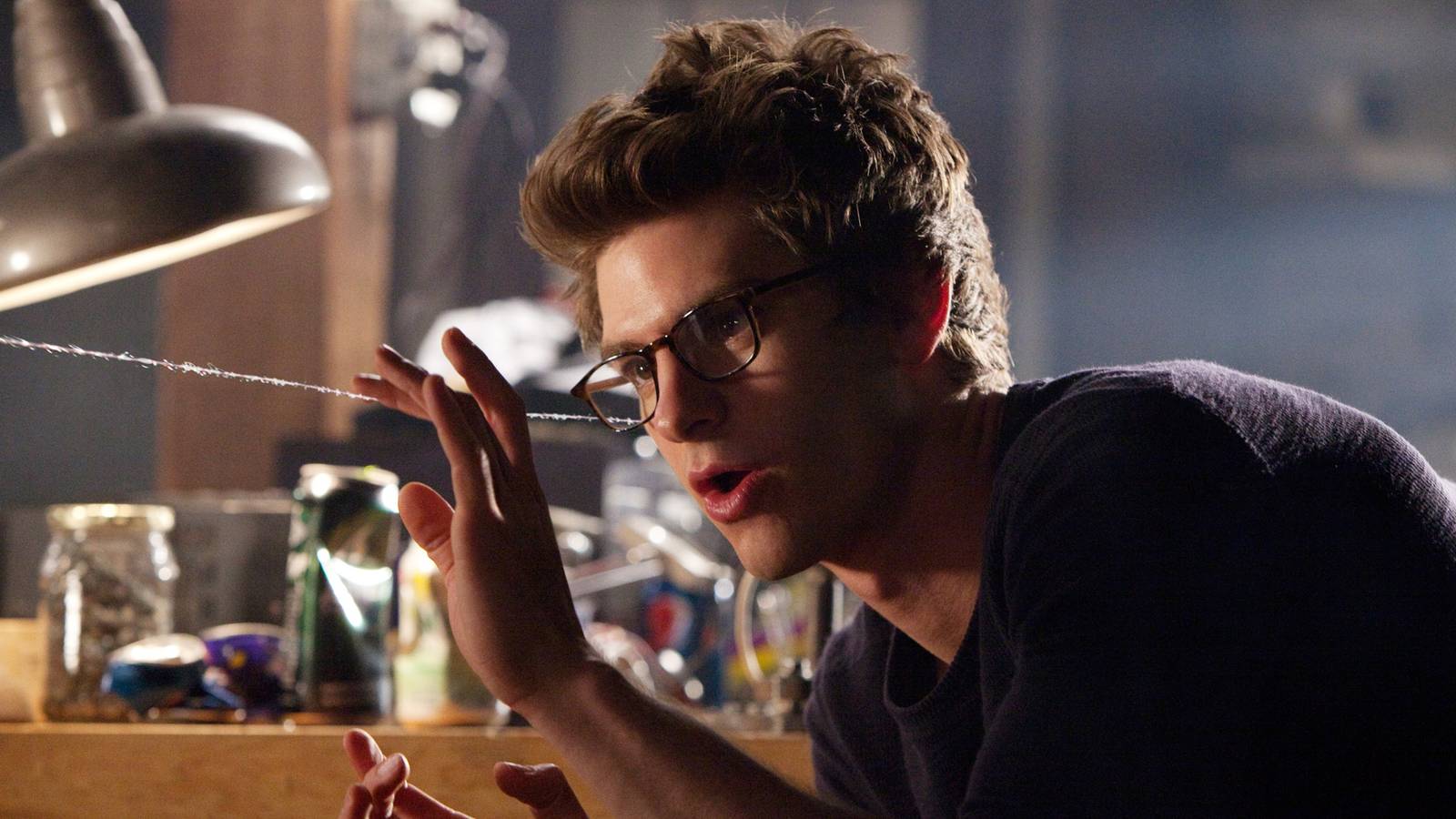

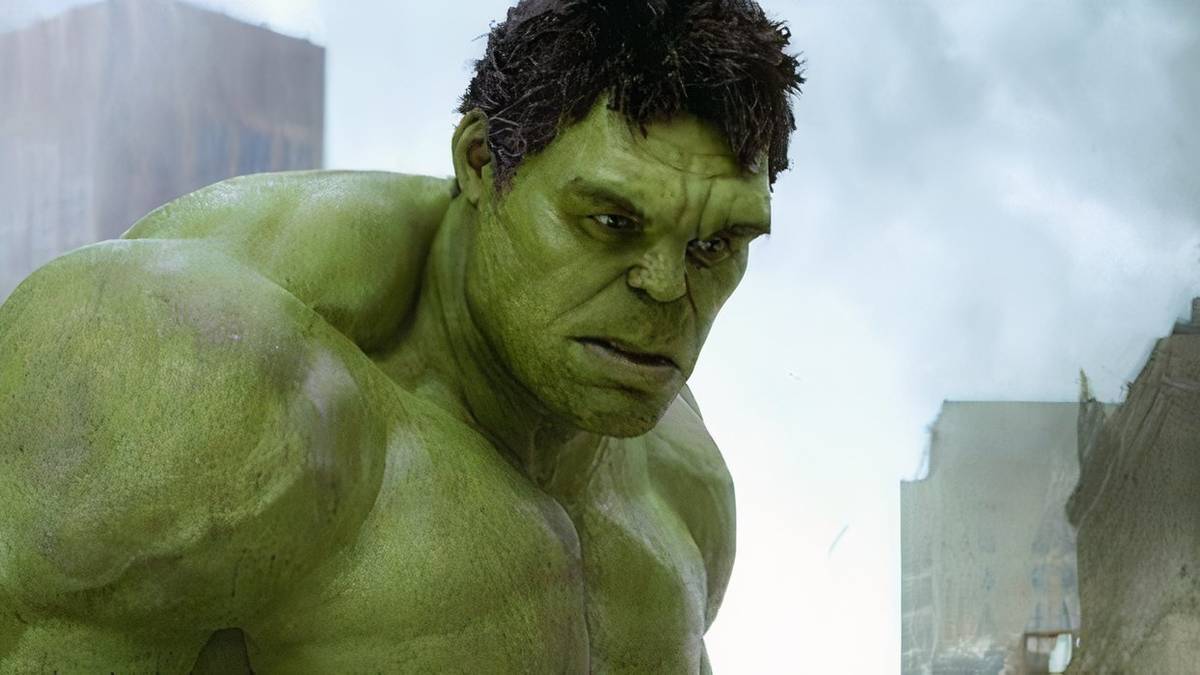

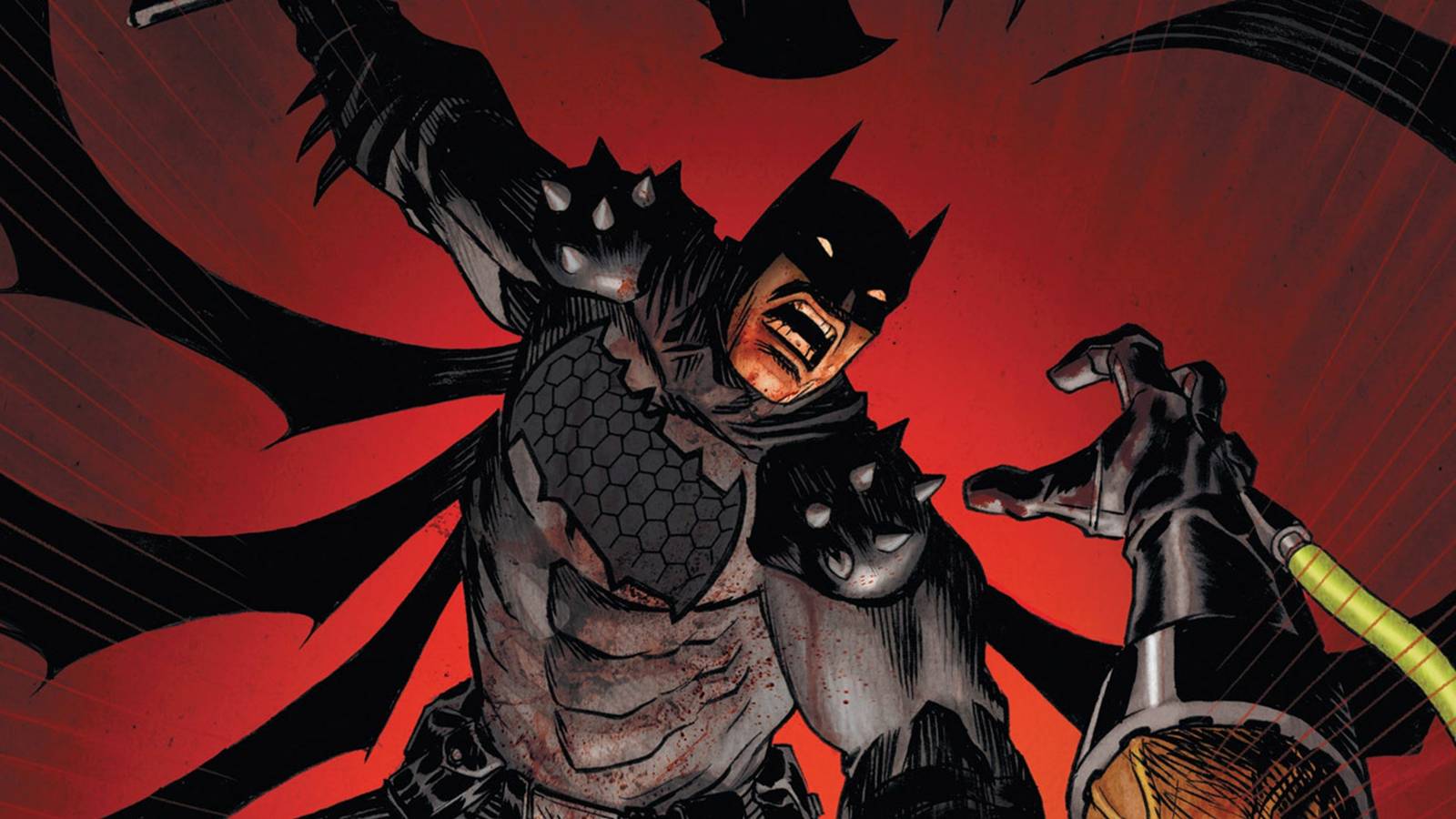
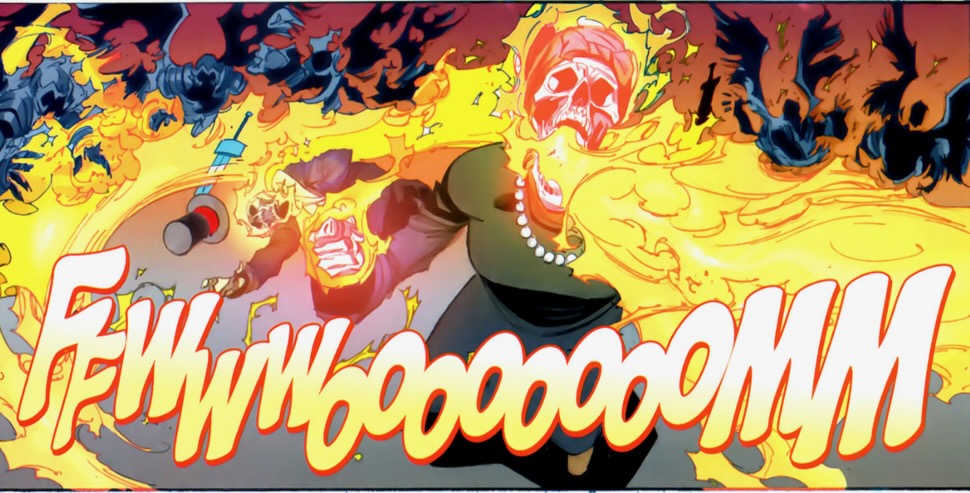
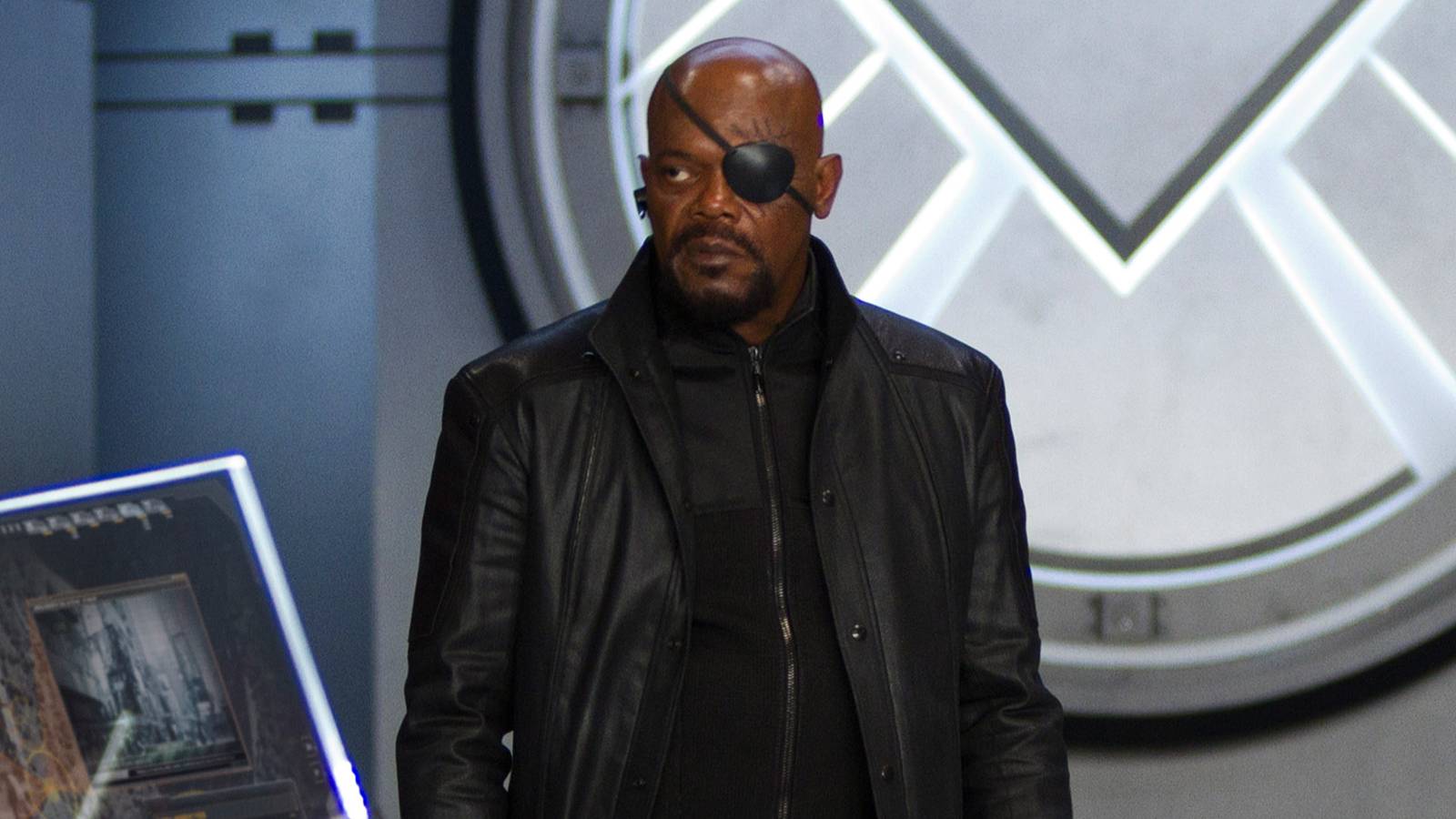
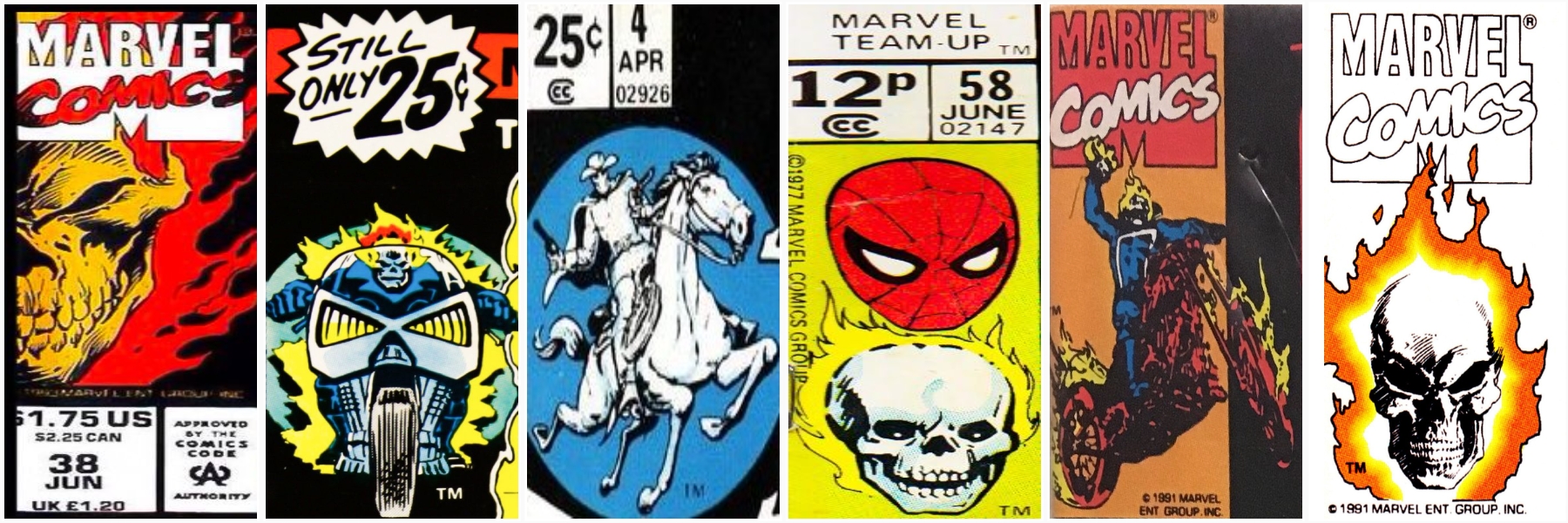


![Ghost of Yōtei First Impressions [Spoiler Free]](https://attackongeek.com/wp-content/uploads/2025/11/Ghost-of-Yotei.jpg)


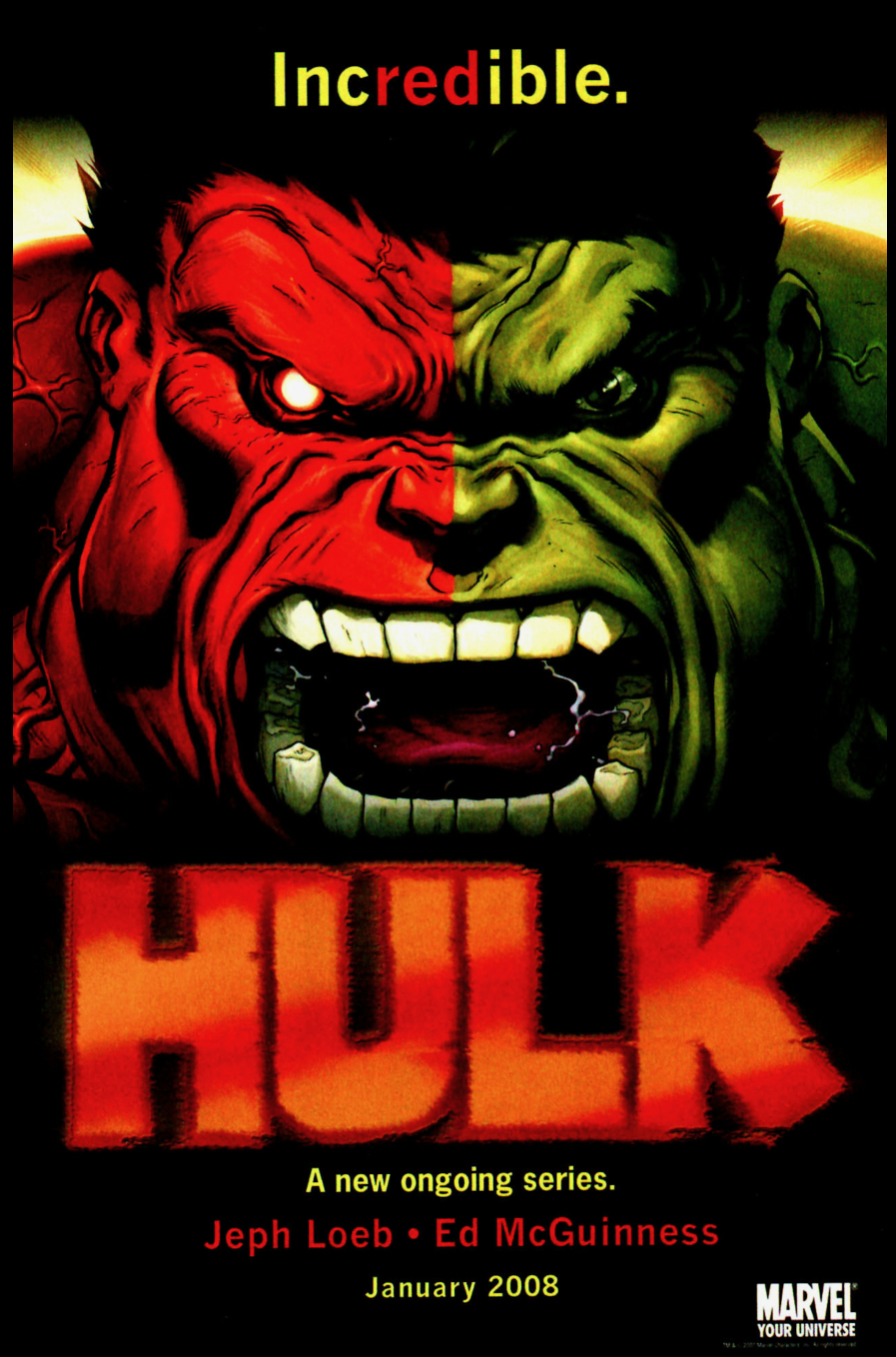
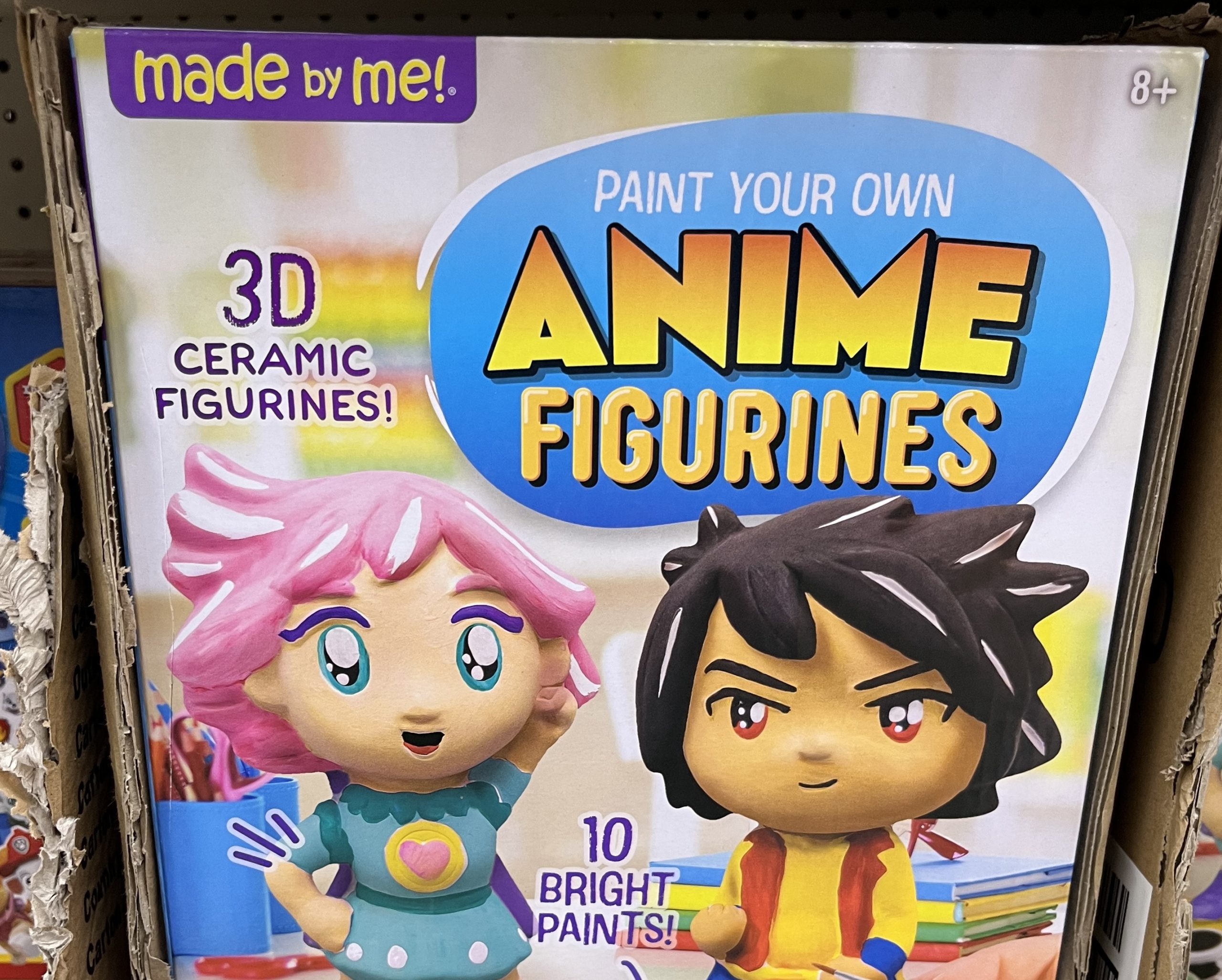
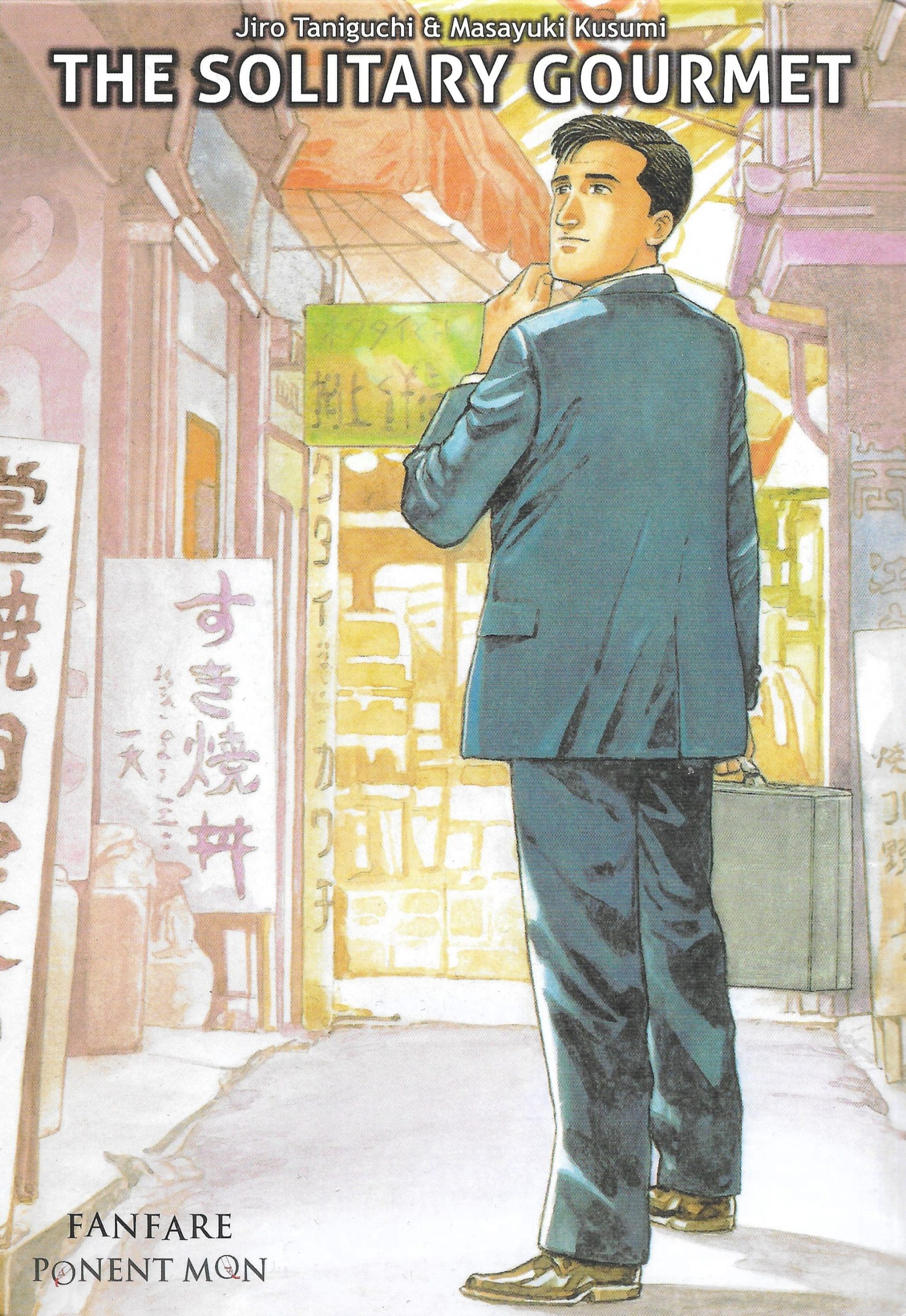
 English (US) ·
English (US) ·